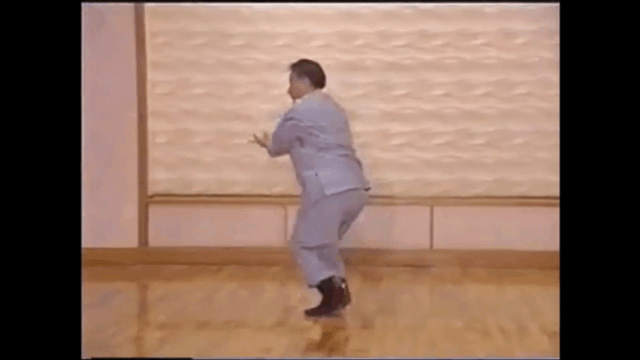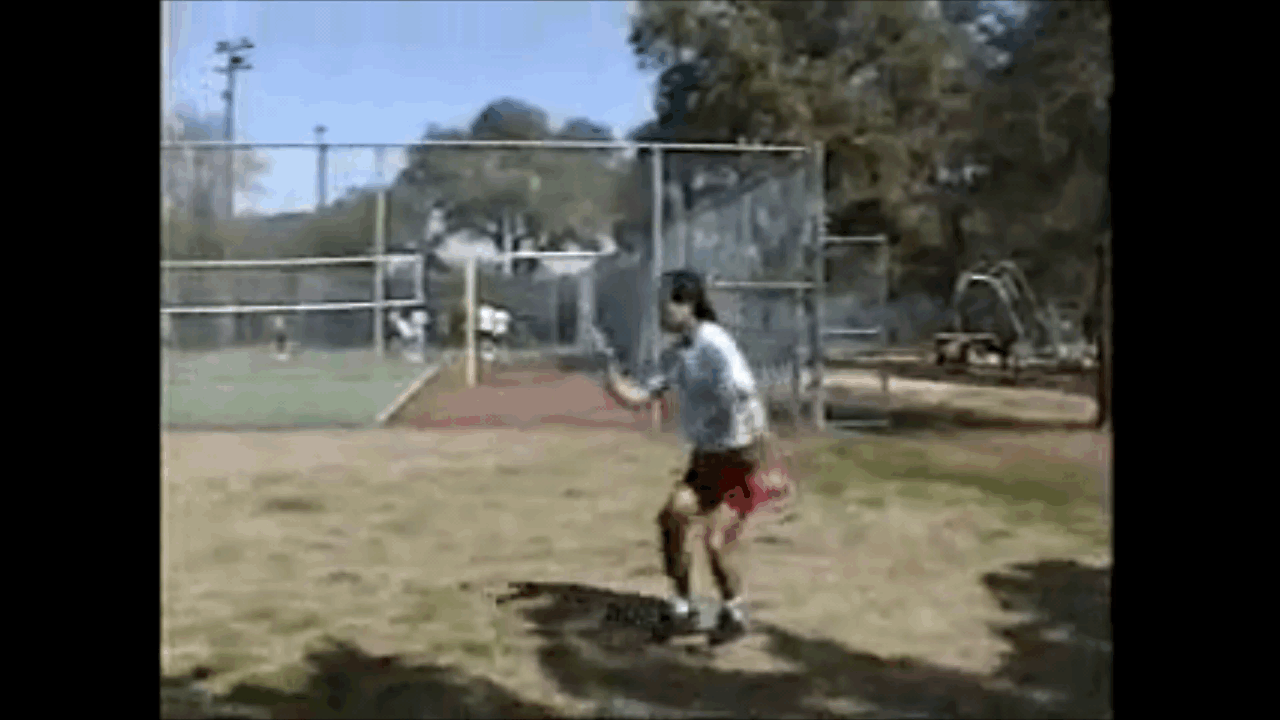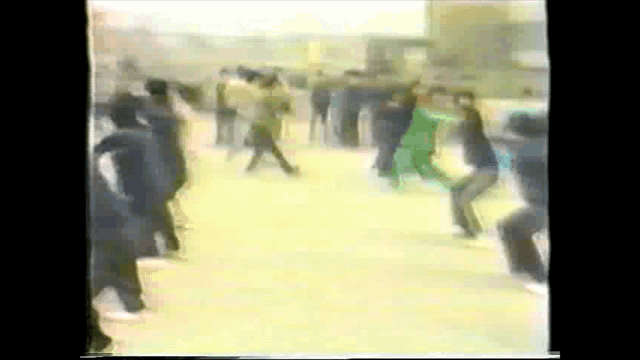What's wrong with the real world use for stances being a training tool? That is their best real world use. Used as a training tool, they have a lot to teach.
At the beginning, many people have to learn how to walk... literally. Ever watch people rock side to side with their entire body, in order to take a step? Or people that lean forward, and use their legs and feet to keep them up as they fall forward? Many people come up with ways to walk, that do not articulate the hips, knees, and ankles in an efficient manor. Stance work forces you to walk in a different way, if you have one of these less efficient types of walks. This alone can make you better at fighting....
Stances teach rooting, balance, structure, power generation, movement, turning.... at the basic level. Then they teach how to move while keeping that balance. How to lunge, without over extending. Once we have learned how to generate the power, it teaches us how to put that power into our hands and feet, in different directions. It teaches us how to move your body... In order for this punch to produce power in that direction, I have to adjust my body....
I don't believe that most stances are meant to actually fight from. I think that they are exaggerations, that were designed to allow us to focus on small details found with in a normal fighting stance. By getting low, and wide and big... you have to get the details right in order to make the move you want to make. Take the walking example from before. At a normal stance, it is easy to rock to the side, so that your other foot comes off the ground, so you can fling it forward. You can just move your head to the side to shift the balance when you step, instead of moving your hips. Now, when you get into a low, wide karate stance... you can not lean to the side enough to pick your foot up or even to counter balance with your head... you must use your hips. It takes your ability to cheat away (mostly).
The details you focus on with the stances, then show up in your fighting stance. They are hard to see, as they are small. But, they do make a difference that you can feel.
Why do we never see threads about how boxers use their jump roping in the ring? We never break down a boxers stance and footwork while in the ring to show "look, this is the same stance he had when jumping rope... his hands are down by his waist, one on each side, his feet close together, he has just jumped up from both feet.... then he ate the punch that put him through the ropes...." We just accept that jumping rope develops a number of things for the boxer, that he will use in the ring, even though we know he will never assume the jump rope stance in a fight. Same should go for stances. They are tools to teach things. Specifically, they magnify problem areas, allowing you to practice fixing those problems and improving those areas, so that those improvements will show up in your natural fighting stance.





